日用品や生鮮食品などを買いにスーパーに行くと、先ず目にするのが野菜や果物の売り場になります。
多くのスーパーが入り口の近くに野菜と果物を並べているのは何故でしょうか?
答えは、野菜や果物など健康に良いものを先に買い物カゴに入れると、その後、お菓子などの健康に悪いとされるものを買い物カゴに入れることの罪悪感が薄れるからだそうです。
もしも、入り口に入って、直ぐにお菓子コーナーや清涼飲料の売り場があると、一番最初にこれらの商品を買い物カゴには入れにくいという消費者心理をついたものだったんですね。
他にも、現状維持バイアスという言葉を聞いたことはありますでしょうか。
一度買った商品は、その後も買い続けるという、こちらも消費者行動心理学からの言葉になります。
私たちは、普段の生活や日常生活において、無意識に行動や選択していることが殆どで、つまり習慣化の塊である訳です。
一方で、自分を変えたい、成長したい、もっと明るい未来を築きたいと思っている人にとっては、これらの習慣が足枷となってしまうことがあると思います。
ということで、自分の人生を変えたい人は、先ずは意識的に自分の行動を少し変えてみることから初めてみることがいいかもしれません。
次にスーパーや、買い物に行った時に、いつもは買わないブランドや、商品を選んでみては如何でしょうか。また、スーパーからの帰り道は、いつもと違う道を選んでもいいかもしれませんね。
(English)
When you go to a supermarket to buy daily necessities or fresh foods, the first thing you will see is the vegetable and fruit section.
Why do so many supermarkets display fruits and vegetables near the entrance?
The answer is that if you put healthy items such as fruits and vegetables in your shopping cart first, you will feel less guilty about putting unhealthy items such as sweets in your shopping cart afterwards.
If you walk in the door and there is a confectionery or soft drink section right next to it, you are less likely to put those items in your shopping cart first.
Have you ever heard of another term, “status quo bias”?
This is another term from consumer behavioral psychology, which says that once we buy a product, we will continue to buy it.
Most of us act and choose unconsciously in our daily lives and routines, in other words, we are a mass of habituation.
On the other hand, I believe that these habits can become a stumbling block for those who want to change themselves, grow, and build a brighter future.
So, if you want to change your life, it might be a good idea to start by consciously changing some of your behaviors first.
The next time you go to the grocery store or shopping, try to choose a brand or product that you don’t usually buy. You may also want to take a different route on your way home from the supermarket.





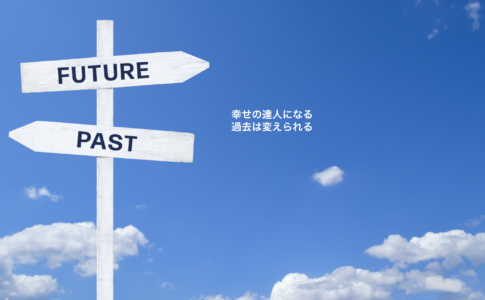

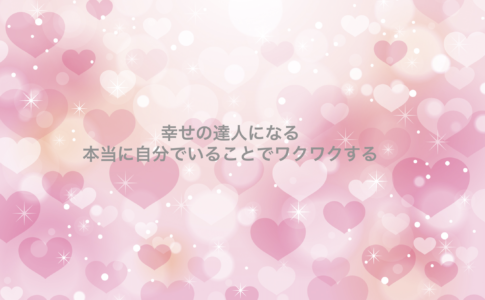
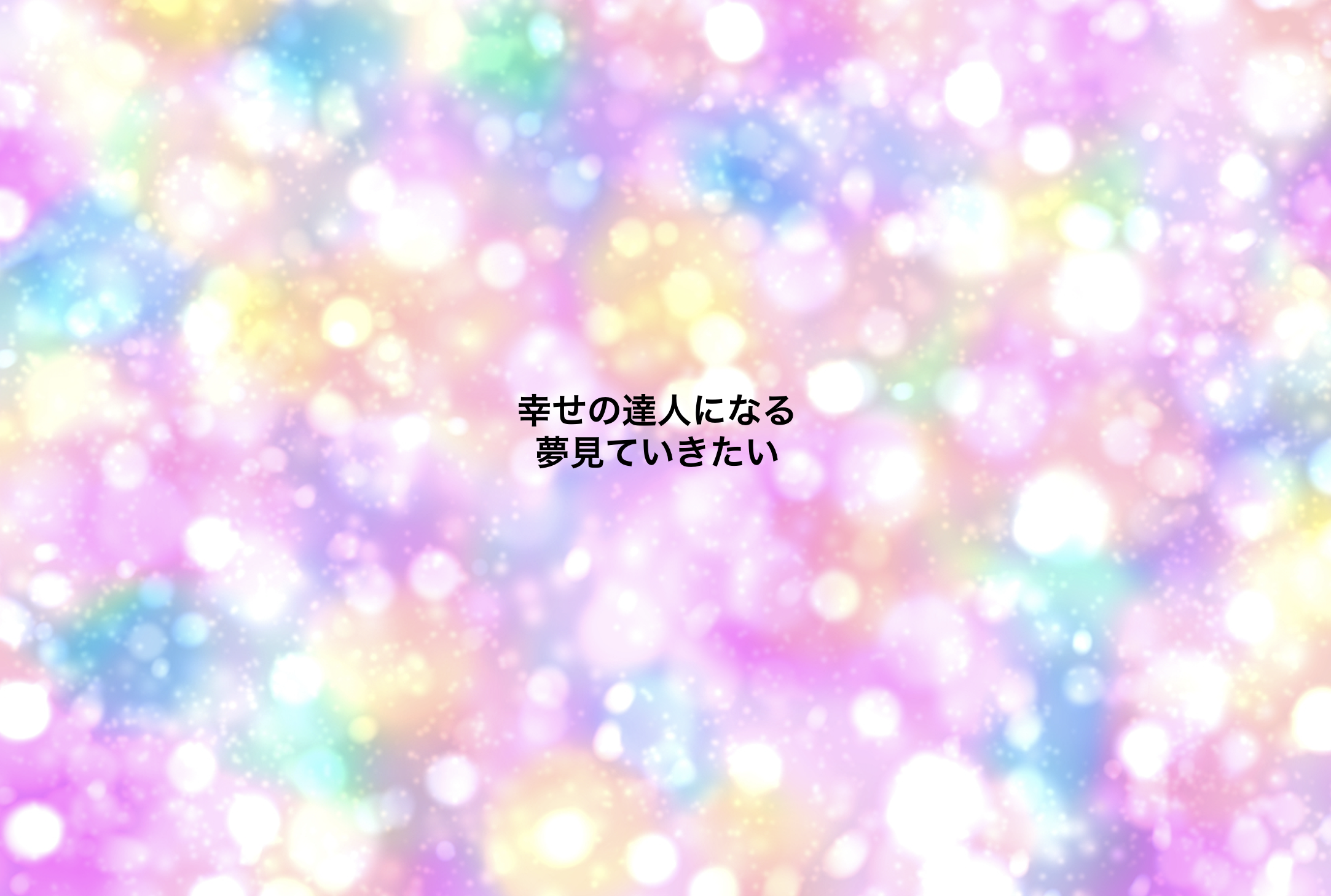
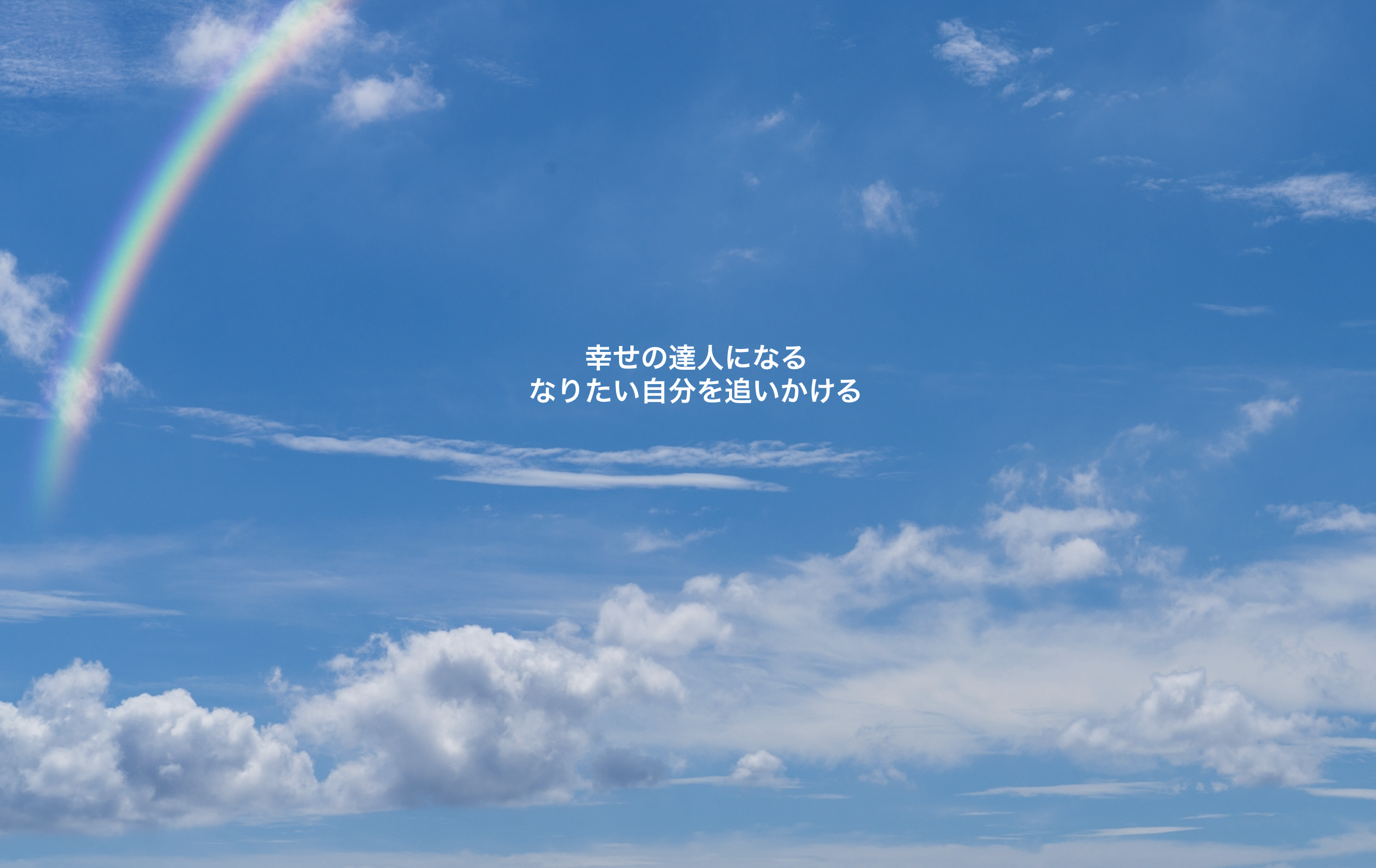
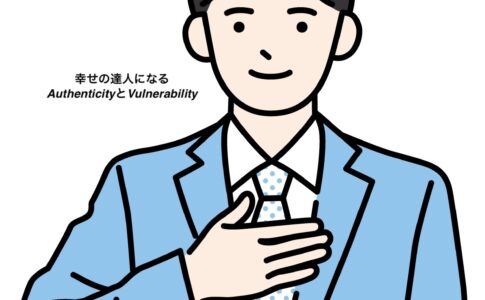


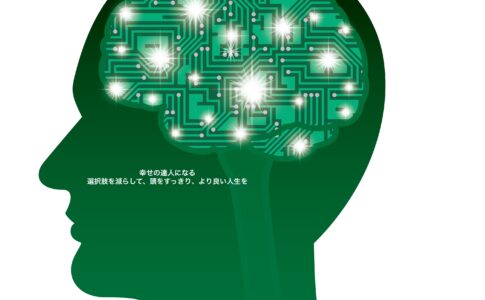

コメントを残す